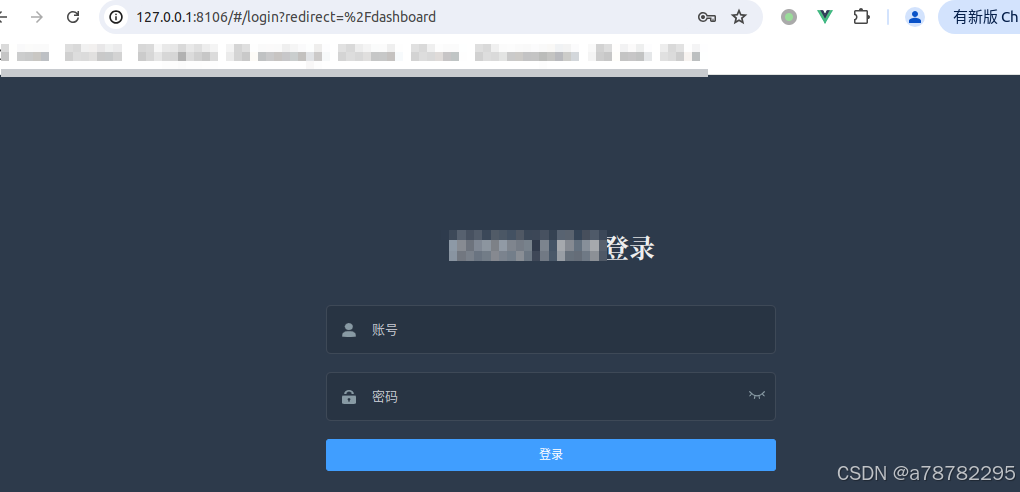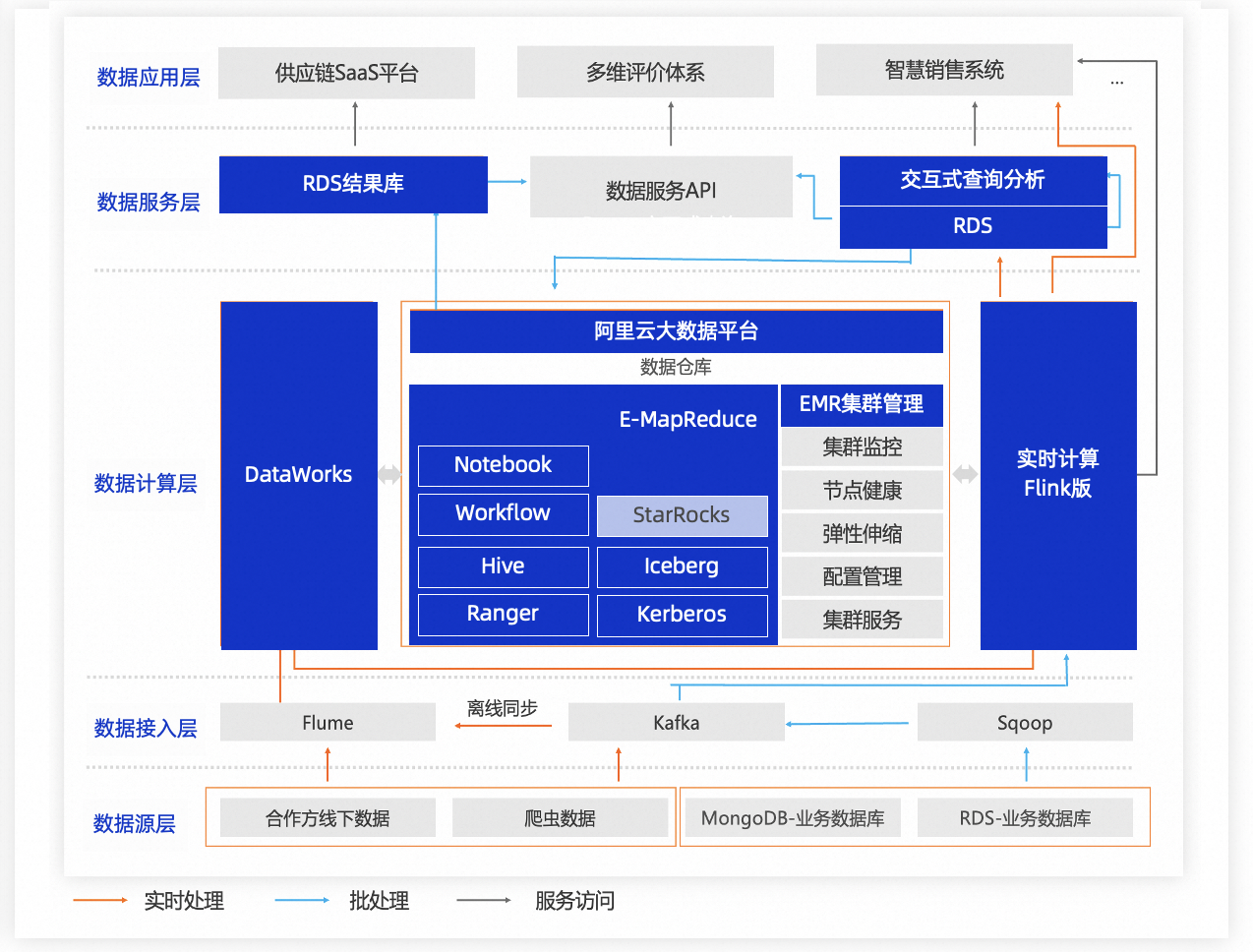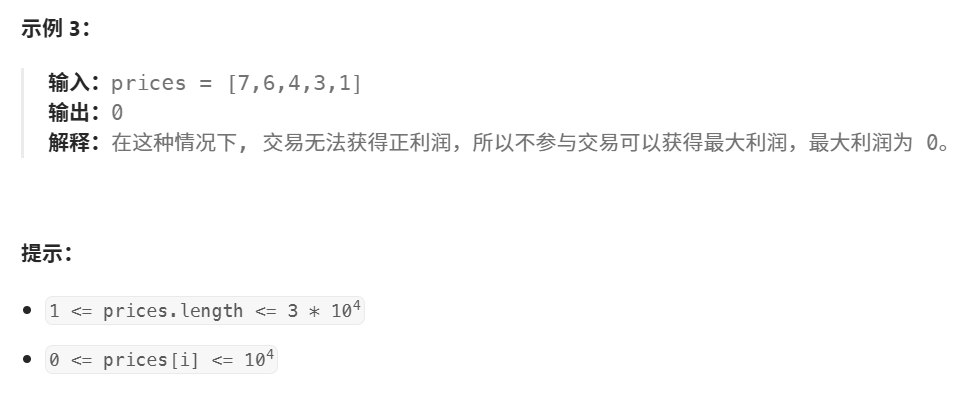在Spring Boot中,CommandLineRunner、ApplicationRunner 和 @PostConstruct 都是常用的生命周期管理接口或注解,它们有不同的用途和执行时机,帮助开发者在Spring应用启动过程中进行一些初始化操作或执行特定任务。下面分别介绍它们的特点、使用场景和区别。
1. CommandLineRunner
定义:
CommandLineRunner 是一个接口,包含一个 run(String... args) 方法。实现该接口的类会在Spring Boot应用启动完成后,立即执行 run() 方法。
用途:
- 用于执行启动后的自定义任务。
- 可以在应用启动后进行一些初始化工作,如加载数据、连接数据库、初始化缓存等。
run()方法接收启动时传入的命令行参数。
示例代码:
import org.springframework.boot.CommandLineRunner;
import org.springframework.stereotype.Component;
@Component
public class MyCommandLineRunner implements CommandLineRunner {
@Override
public void run(String... args) throws Exception {
System.out.println("CommandLineRunner executed! Arguments: " + String.join(", ", args));
}
}
执行时机:
CommandLineRunner 在Spring Boot应用启动时,ApplicationContext 被创建并初始化后执行。可以通过实现该接口来进行一些启动时的额外操作。
2. ApplicationRunner
定义:
ApplicationRunner 是另一个接口,类似于 CommandLineRunner,也包含一个 run(ApplicationArguments args) 方法。它的 run() 方法接收一个 ApplicationArguments 类型的参数,而非字符串数组。
用途:
ApplicationRunner提供了一些更高级的功能,特别是对于命令行参数的处理。ApplicationArguments对象不仅包含传递给应用的命令行参数(如args),还可以访问有名称的选项(例如,--option=value的形式)。- 比
CommandLineRunner更加强大,适合需要解析命令行参数的场景。
示例代码:
import org.springframework.boot.ApplicationRunner;
import org.springframework.boot.ApplicationArguments;
import org.springframework.stereotype.Component;
@Component
public class MyApplicationRunner implements ApplicationRunner {
@Override
public void run(ApplicationArguments args) throws Exception {
System.out.println("ApplicationRunner executed!");
// 打印命令行参数
System.out.println("Non-option arguments: " + args.getNonOptionArgs());
System.out.println("Option arguments: " + args.getOptionNames());
}
}
执行时机:
ApplicationRunner 和 CommandLineRunner 的执行时机类似,都是在Spring应用上下文完全初始化后执行。
3. @PostConstruct
定义:
@PostConstruct 是一个注解,用于标注一个方法,该方法会在依赖注入完成后立即执行。它是JSR-250中的一部分,通常用于初始化bean或执行一些额外的操作。
用途:
- 用于在Spring容器创建完bean之后,依赖注入完成后执行一些初始化任务。
- 通常用于初始化数据、建立资源连接等,确保在Spring管理的bean完全初始化后执行。
示例代码:
import javax.annotation.PostConstruct;
import org.springframework.stereotype.Component;
@Component
public class MyPostConstructBean {
@PostConstruct
public void init() {
System.out.println("PostConstruct method executed!");
}
}
执行时机:
@PostConstruct 标注的方法会在Spring容器创建bean并完成依赖注入后,执行一次初始化任务。此时,bean已经被完全创建并且注入了所有依赖,但它尚未开始处理业务逻辑。
区别总结
| 特性 | CommandLineRunner | ApplicationRunner | @PostConstruct |
|---|---|---|---|
| 接口/注解 | 接口 (CommandLineRunner) | 接口 (ApplicationRunner) | 注解 (@PostConstruct) |
| 方法签名 | void run(String... args) | void run(ApplicationArguments args) | 用于标注的方法会没有参数,如 void init() |
| 执行时机 | 在Spring应用启动后,ApplicationContext 初始化完成后执行 | 在Spring应用启动后,ApplicationContext 初始化完成后执行 | 在bean的依赖注入完成后、bean完全初始化时执行 |
| 参数类型 | 接受命令行参数(字符串数组) | 接受 ApplicationArguments 类型参数(提供更丰富的命令行参数信息) | 没有参数,直接执行初始化方法 |
| 典型用途 | 适用于需要在应用启动时执行简单任务、处理命令行参数等 | 适用于需要更复杂的命令行参数处理,或者解析选项和非选项参数 | 用于bean的初始化操作,如设置字段值、连接资源等 |
总结
- 如果只是简单地执行启动后的任务并且需要接收命令行参数,可以选择
CommandLineRunner或ApplicationRunner,其中ApplicationRunner提供了更强大的命令行参数解析功能。 - 如果需要在bean初始化之后执行一些任务,如依赖注入之后的操作,则可以使用
@PostConstruct。



















